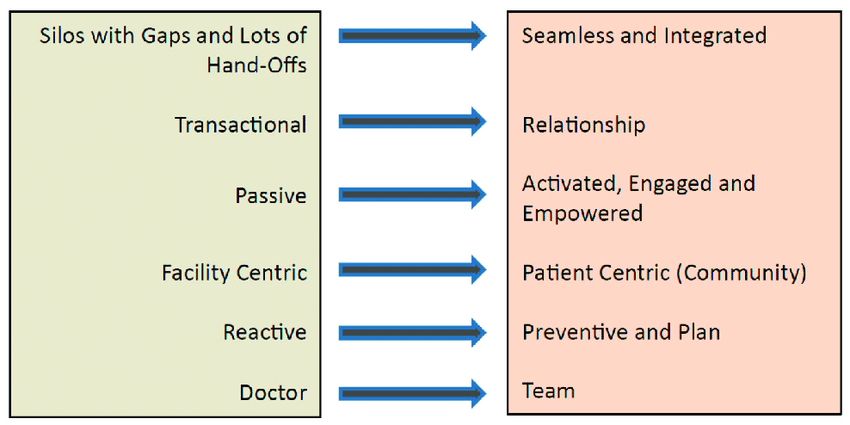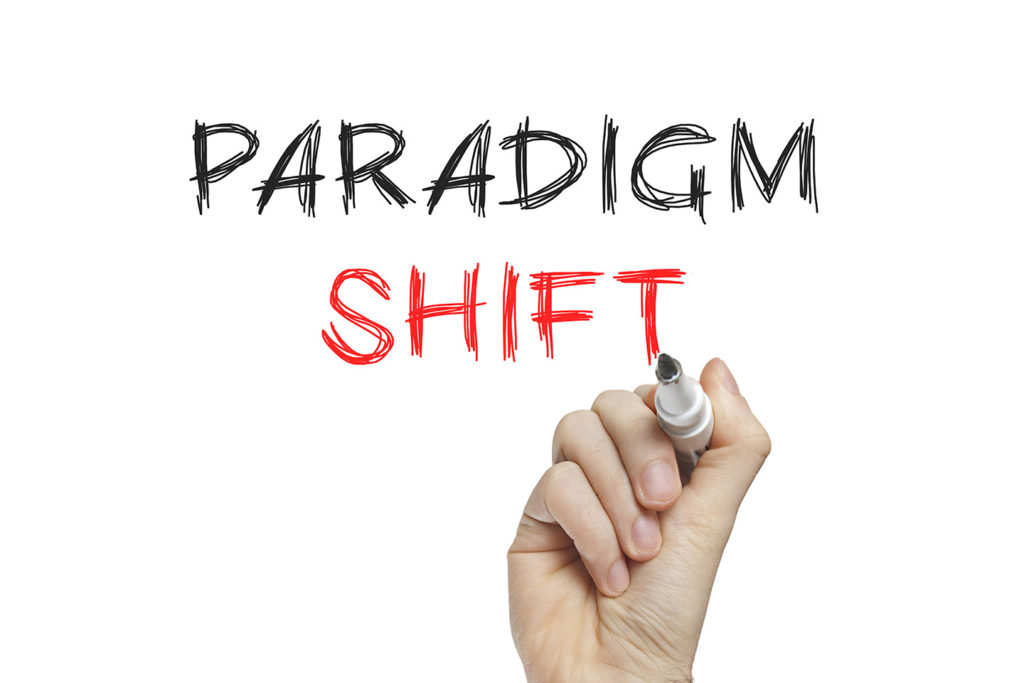

It could be argued that there is a paradigm shift happening now with the advent of cloud computing, where software infrastructure is provided as a service (Saas), rather than as an implemented product. More intangibly, the subtle shifts in the idea of the nuclear family and the rise of women in the workforce have changed the way we live, work and procreate, paving the way for other forms of family units such as blended families, extended families or even same-sex wedded couples. The biggest shift in recent times is of course the introduction of the Internet and, more generally, the personal computer, which has changed the way most cultures conduct business, connect to each other and find/spread information. In the second, Einstein’s Theory of Relativity expanded our understanding of gravity to essentially explain all the anomalies in Newtonian physics, namely that gravity was an attribute of the space-time curvature, and not an actual force between two bodies. Darwin showed in his On the Origin of Species (1859) that there is no intentionality behind evolution – that a system of natural selection took place whereby those who could not adapt, simply grew extinct, and what we were left with were the ones that survived, which naturally reproduced more of its kind. In the first, prior to the 19 th century the prevailing belief in evolution was that a species evolved as needed – that, for example, the giraffe developed a long neck because it was necessary to reach the fruits in tall trees. Probably the two biggest paradigm shifts in science that profoundly changed our view of the world were first in our understanding of evolution from being goal-oriented to Charles Darwin’s theory of natural selection, and second the switch from Newtonian physics to Einstein’s theory of relativity. Therefore, a paradigm shift is when one paradigm gets replaced by another, usually due to a radical change in technology, or, in Kuhn’s world of science, when enough anomalies build up to make sustaining the current paradigm impossible. In science, in the way that Khun used it, it means “a set of assumptions, concepts, values, and practices that constitutes a way of viewing reality for the community that shares them.” To understand how the term migrated over, it’s important to understand what is meant by a paradigm, often misused as and confused with “paragon,” which means “a model of excellence or perfection.” Strictly speaking, a paradigm is something that serves as a pattern, or a model.

It was coined by American physicist and philosopher Thomas Kuhn in his The Structure of Scientific Revolutions, published in 1962, and has since been adopted by business, popular culture and even sports to simply mean a fundamental shift in the way we understand how things work. Paradigm shift is a term that originated in science, and refers to a fundamental change in the understanding of the underlying assumptions, practices and methodology of a given framework.


 0 kommentar(er)
0 kommentar(er)
